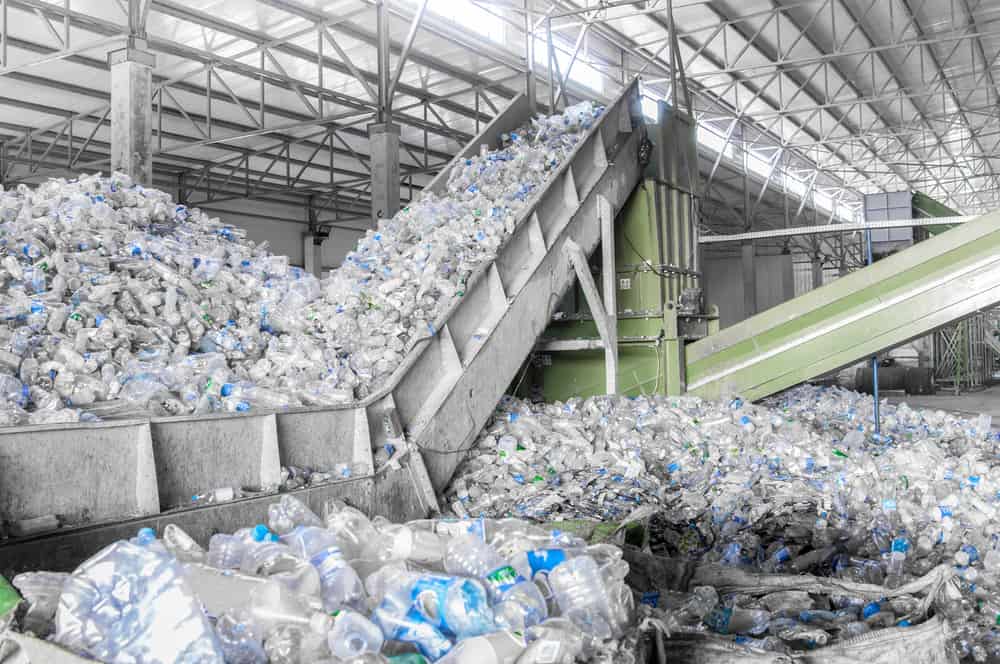Companies everywhere are paying attention to consumer demand for greener products and processes. Therefore, the world’s supply chains are becoming circular rather than linear. Manufacturers are looking at ways to improve product longevity and the ease with which they can recover, repair and resell goods.
The circular supply chain is a model that encourages manufacturers and sellers of products to take discarded materials and remake them for resale.
According to a 2019 article on Forbes, “We are at a historic tipping point for the supply chain. For hundreds of years, we have operated under the assumption that the most efficient way to manage the supply chain has been to optimize it within the traditional model of take, make, and throw away. However, that traditional model is an economic dead-end. A new model, which focuses on reuse, remanufacture, and recycle – a.k.a. the circular economy – has emerged to become the most economical.”
The circular economy also impacts shipping and packaging choices.
Governments throughout the world are taking steps to cut waste from supply chains, and boost recycling and reuse for commonly-used products. European Union member countries must now recycle half of their packaging waste. In California, businesses cannot use plastic bags and must recycle 25% of their plastic containers. In Japan, companies must reuse all packaging materials.
Reusing products for longer, rather than buying new, provides financial benefits as well as environmental ones. Instead of throwing products away at the end of their lifecycle, they can be turned back into profit with lower costs than making a new product from scratch. Throwing away products wastes the investment companies have already poured into the product, such as labor, materials, and energy costs. It simply costs less to recycle materials into new goods.
A Circular Supply Chain Success Story: Renault
One company that began using the circular supply chain model even before the term was coined is Renault, a French vehicle manufacturer located outside of Paris.
In 1949, the company was looking for ways to recover from the devastating effects of WWII. They began offering used vehicle parts at discounts between 30 – 50%, but with the same warranties and guarantees as new parts. Their goal was entirely to drive profits and create a business that could flourish in an economy low on raw materials. Today, that same plant outside of Paris generates annual revenue of roughly $270 million! Now, it even designs its major vehicle components to be easy to disassemble for even more profitability.




